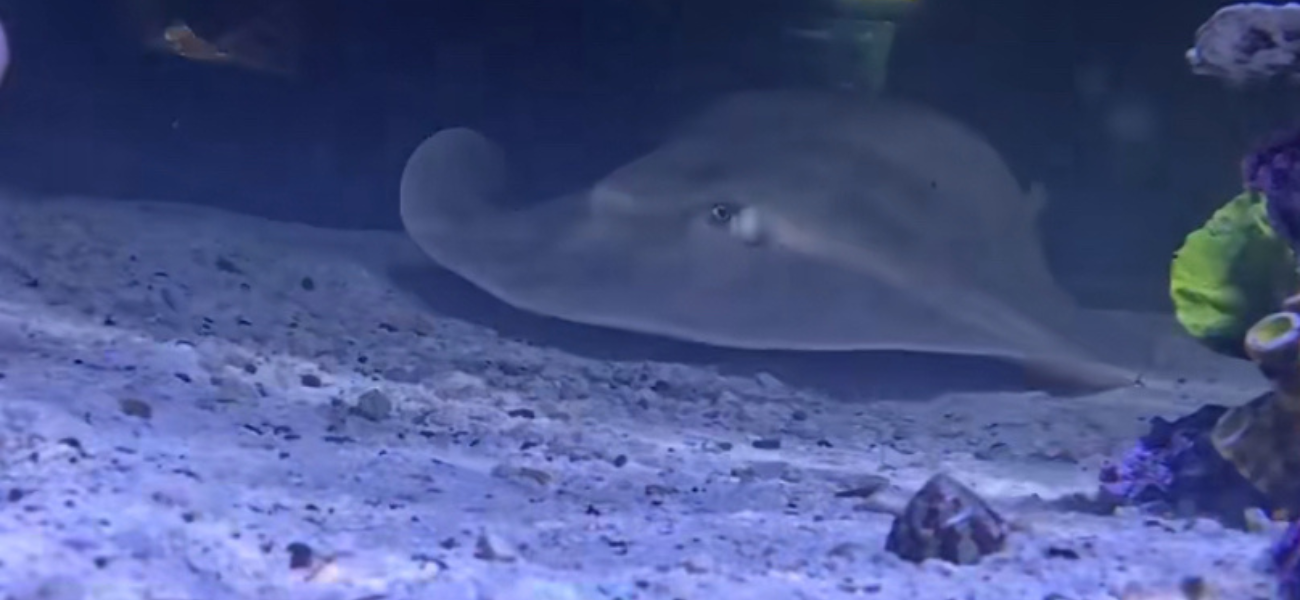Search results
Stingrays are common in coastal tropical and subtropical marine waters throughout the world. Some species, such as the thorntail stingray ( Dasyatis thetidis ), are found in warmer temperate oceans and others, such as the deepwater stingray ( Plesiobatis daviesi ), are found in the deep ocean.
Learn about stingray, a type of flat-bodied ray with a venomous spine on its tail. Find out how stingrays live, feed, and defend themselves in different ocean habitats and regions.
- The Editors of Encyclopaedia Britannica
News about Charlotte, pregnant, parthenogenesis
News about King Stingray, Stingray Group, regional tour
News about Charles Schwab Challenge, Corvette, restored classic car
Also in the news
Learn about stingrays, the flattened fish with electrical sensors and a barbed tail. Discover how they swim, feed, camouflage, and defend themselves from predators and humans.
Up to 6.5 feet. Weight: Up to 790 pounds. Stingrays have broad fins that run the full length of their bodies, giving them a flat, roundish shape. To swim, some stingrays move their whole bodies in a wavy motion that propels them through the water. Other species flap their fins like bird wings and "fly" through the water.
- Rays and skates are flattened fish closely related to sharks. All belong to a group of fish called Elasmobranchs.
- These guys are pretty unique as they have no bones in their body – their skeleton is made up of flexible cartilage (the bendy stuff that your ears and nose are made from!).
- Although they look near identical, rays and skates are actually different. Stingrays are ovoviviparous, meaning the young are hatched from eggs that are held within the body, whereas skates are oviparous, meaning they lay eggs – these eggs are protected by a hard, rectangular case often called a “mermaid”s purse“!
- There are many different types of ray including stingrays, electric rays, butterfly rays, round rays, manta rays, guitarfish and sawfish.
People also ask
Are Stingrays venomous?
Where are stingrays found?
What does a stingray look like?
Is a stingray a shark?
Learn about the stingray, a family of flat-bottomed fish with long tails and spines. Discover their diversity, adaptations, behavior, reproduction, and human interaction.
Oct 13, 2020 · Learn about stingrays, cartilaginous fish that are closely related to sharks and have venomous barbs on their tails. Discover their biology, behavior, reproduction, threats, and fun facts.






